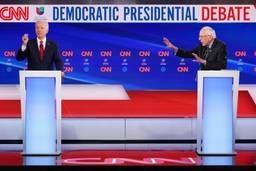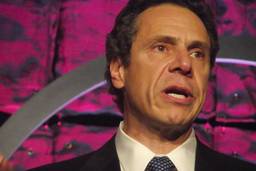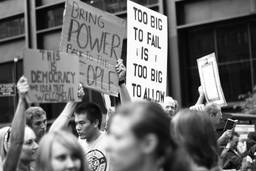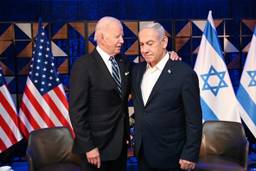When I first heard about the Democratic convention coming to my hometown of Denver, I wasn’t all that excited. For many reasons, in fact, I was pretty unhappy with the whole idea.
As a transplant who moved from the overpopulated East Coast to the more manageable Rocky Mountain West, I was not looking forward to huge crowds taking over what is usually a pretty quiet town. As a D.C.-hater who fled Washington’s career-climbers, I was annoyed that Beltway parasites would be infesting my backyard. And as an activist who has spent a career attacking – and trying to halt – the influence of money on politicians, I was nauseated that a corporate-funded bonanza draped in Democratic Party bunting would take place just a few miles from my house.
Now that the convention is over, I can report that all of what I feared, in fact, took place. Denver’s downtown became a perpetual throng, insufferable Washington hacks from my past were unavoidable, and corporate money was so ubiquitous that even my ticket holder was emblazoned with a Qwest logo.
That said, I can also report that this spectacle actually had value, beyond the free booze and celebrity sightings. Conventions, I discovered, can be building blocks of social change – and if this year’s Democratic convention ends up with any historical legacy beyond nominating Barack Obama, it will likely be remembered as one of many events that helped forge a contemporary progressive movement.
Just outside the convention hall, the disparate threads of progressivism were brought together under one tent – literally. On an empty parking lot, progressive non-profit organizations built a two-story pavilion out of tarp and beams. The Big Tent, as it was called, housed the grassroots groups and new media outlets that are pressuring the Democratic Party to stay true to its progressive base. Meanwhile, new independent films like “Battle In Seattle” – which indict both parties’ economic orthodoxies and are often ignored by major film distributors – found enthusiastic audiences at a nearby movie theater.
Inside the Pepsi Center, the same movement drumbeat broke through the partisan noise.
The tables of live broadcast radio shows teemed not merely with right-wing loudmouths, but also with new left-leaning voices (and news of movement progressive Rachel Maddow getting her own MSNBC show was the hot topic among delegates). Labor leaders celebrated their success in amending the Democratic Party platform with language demanding a reform of Bill Clinton’s NAFTA policies. And the two most talked-about speeches – one an emotional oratory by “liberal lion” Sen. Ted Kennedy (D-Mass.), the other a populist battle cry by Gov. Brian Schweitzer (D-Mont.) – drove home the convention’s overarching theme: The progressive movement is on the ascent, overtaking the business-backed triangulators that have been running the Democratic Party – and the country – into the ground.
But perhaps the convention’s value was most pronounced at the interpersonal level where liberal activists kibbutzed with campaign operatives, bloggers met politicians, and – as I saw firsthand – potential Obama administration officials began dialoguing with Congress’ most committed progressive leaders.
Standing in the hot sun on the convention’s third day, I happened to be arguing trade policy with Austan Goolsbee, the moderate University of Chicago professor who is Barack Obama’s chief economic adviser. In the corner of my eye, I saw an old Capitol Hill acquaintance, Rep. Peter DeFazio – the progressive champion from Oregon. I introduced the two, and within minutes they were finding points of agreement on economic issues.
Watching these very different Democrats briefly go back and forth, I considered how many similar bridge-building conversations were happening all week. I remembered that while conventions are usually television shows and business-sponsored cocktail parties, they can, at moments, be something more.
David Sirota is an award-winning investigative journalist and an In These Times senior editor. He served as speechwriter for Bernie Sanders’ 2020 campaign. Follow him on Twitter @davidsirota.








